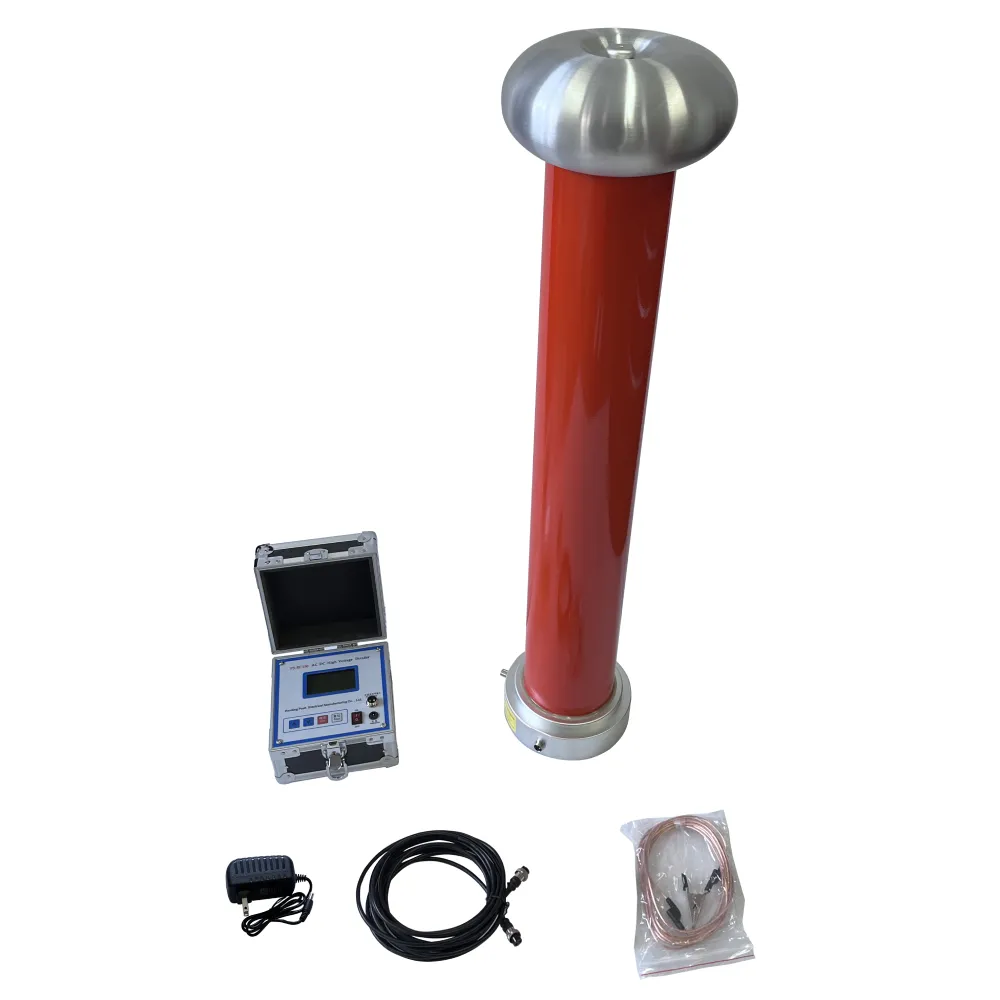 English
English


Testing the Power Factor of Bushings in Electrical Systems
Understanding Bushing Power Factor Testing
Bushing power factor testing is an essential diagnostic tool used primarily in the maintenance and assessment of electrical equipment, particularly transformers and circuit breakers. Bushings, which are insulating devices that allow conductors to pass through grounded barriers, play a critical role in ensuring the safe operation of electrical systems. Over time, they may become degraded due to environmental factors, electrical stress, and aging, making periodic testing crucial.
The Importance of Bushing Power Factor Testing
Bushings are typically constructed from materials like porcelain or polymer and contain insulating oil that helps manage voltage stress. Despite their robust design, these components can encounter issues such as moisture ingress, contamination, and electrical degradation. A failing bushing can lead to catastrophic failures, resulting in significant downtime and repair costs, as well as safety risks. Therefore, the power factor testing of bushings serves as a proactive maintenance measure.
Power factor testing helps measure the efficiency of the insulation within the bushing. It indicates how much of the electrical energy supplied to the bushing is used effectively versus how much is lost as reactive power. A high power factor signifies that insulation is functioning properly, while a low power factor may indicate insulation breakdown or contamination.
The Testing Procedure
The power factor test typically involves applying a high voltage to the bushing while measuring the current that passes through it. The equipment used for this test generally includes a power factor analyzer, which can measure the phase angle between the voltage and current. This phase angle helps calculate the power factor, typically expressed as a percentage.
1. Preparation Before testing can occur, the electrical system must be de-energized to ensure safety and prevent damage to the equipment or personnel conducting the test. Proper grounding must also be established.
2. Setting Up Equipment The power factor analyzer is connected to the bushing, and appropriate settings are configured, based on the manufacturer’s specifications for the bushing in question.
3. Conducting the Test With safety precautions in place, a high voltage is gradually applied to the bushing. During the test, the power factor analyzer records the current and voltage, calculating the power factor in real-time.
4. Data Analysis After the testing is completed, the data is analyzed. A power factor of less than 0.3 typically indicates potential problems. Continuous monitoring might be necessary for bushings nearing their end-of-life or those that exhibit unusual test results.
Interpreting Results
bushing power factor test

Results from power factor tests can lead to several courses of action
- Normal Condition A power factor above 0.5 with consistent testing results typically indicates a healthy bushing.
- Potential Problems A power factor between 0.3 and 0.5 suggests that further investigation may be warranted. This could include additional testing or visual inspections to identify the source of insulation contamination or wear.
- Failing Condition A power factor below 0.3 usually indicates significant insulation issues that require immediate attention, possibly leading to bushing replacement or extensive repairs.
Best Practices for Maintenance
- Routine Testing Regularly scheduled bushing power factor tests are crucial. Many facilities implement annual testing to catch issues early.
- Environmental Monitoring Keep an eye on environmental factors that may affect the bushing's integrity, such as humidity and temperature.
- Documentation Maintain thorough records of all testing results and maintenance activities. Trends in power factor readings can provide valuable insights into the long-term health of the equipment.
- Training and Safety Ensure that personnel conducting the tests are trained in electrical safety practices and understand the intricacies of the equipment being tested.
Conclusion
Bushing power factor testing is an invaluable practice for maintaining the integrity and reliability of electrical systems. By identifying insulation degradation early, organizations can prevent failures, enhance the lifespan of equipment, and ensure safety in their operations. As such, investing in proper testing, monitoring, and maintenance of bushings not only protects assets but also contributes to the overall efficiency and safety of electrical distribution systems.
-
Differences between open cup flash point tester and closed cup flash point testerNewsOct.31,2024
-
The Reliable Load Tap ChangerNewsOct.23,2024
-
The Essential Guide to Hipot TestersNewsOct.23,2024
-
The Digital Insulation TesterNewsOct.23,2024
-
The Best Earth Loop Impedance Tester for SaleNewsOct.23,2024
-
Tan Delta Tester--The Essential Tool for Electrical Insulation TestingNewsOct.23,2024





